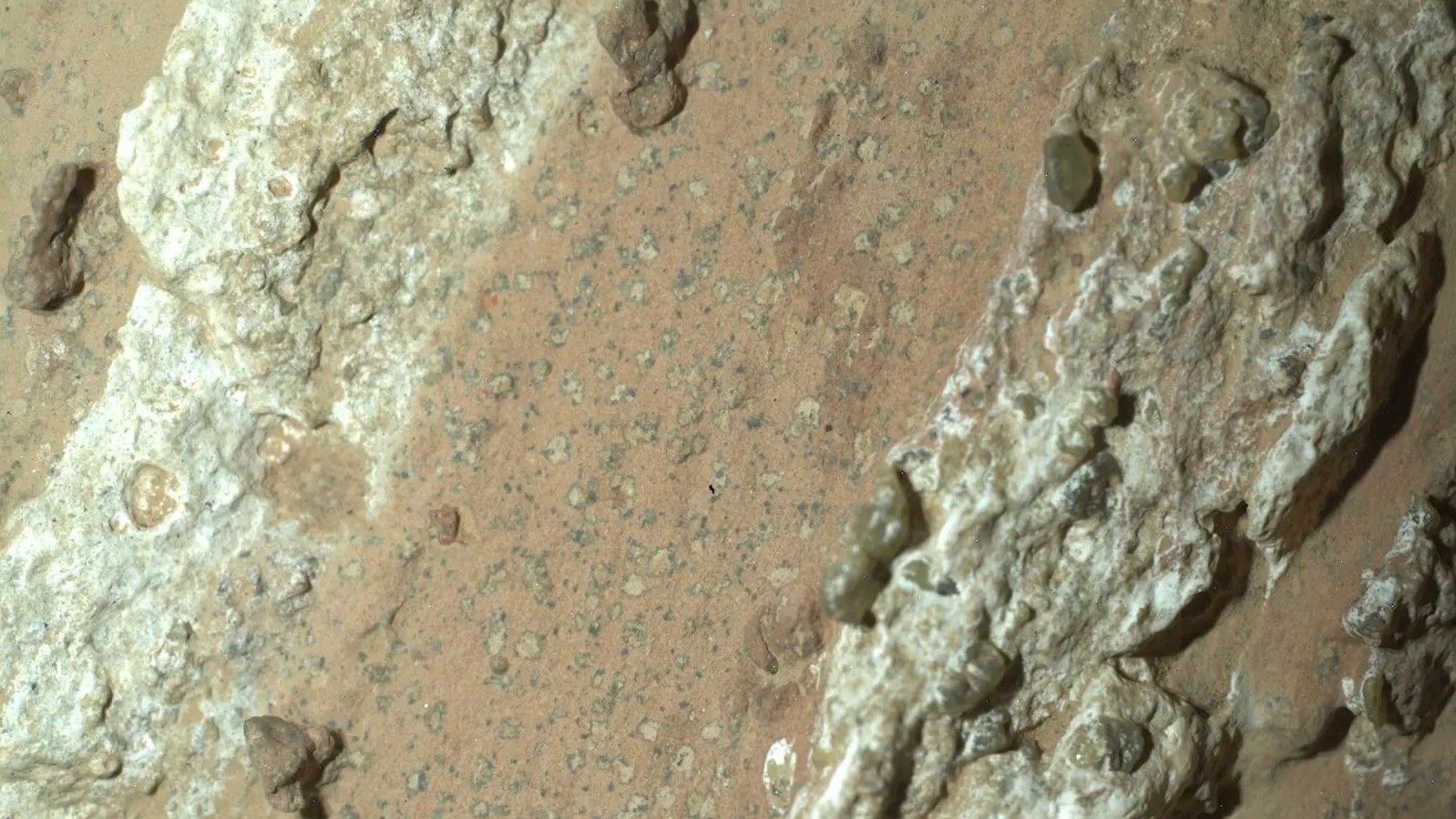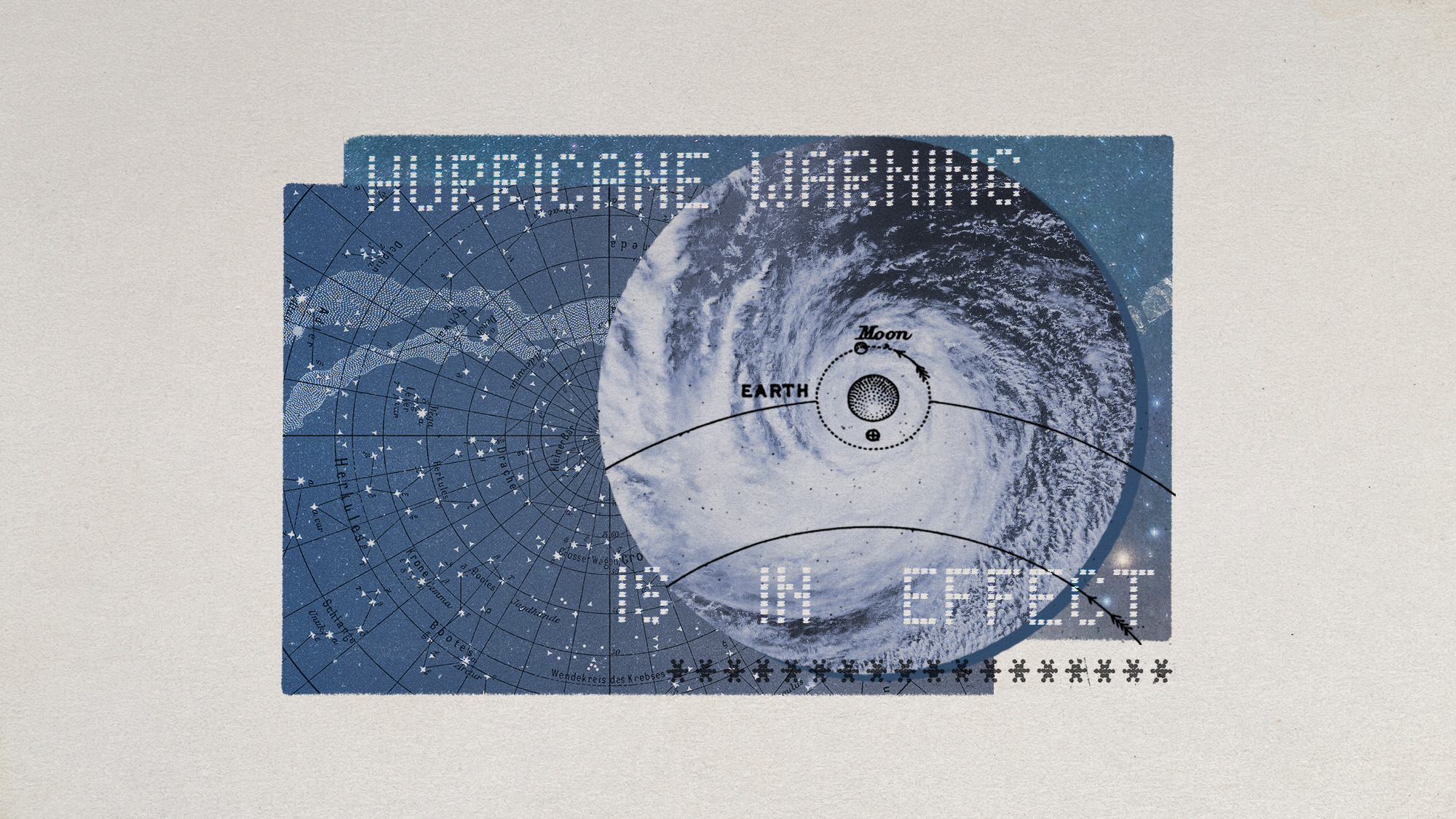Scientists finally know when humans and Neanderthals mixed DNA
The two began interbreeding about 47,000 years ago, according to researchers


Scientists have long agreed that early humans mated with Neanderthals, but a pair of recent studies have shed light on when exactly this DNA mixing occurred. Such a revelation could help geneticists learn more about our past — and crucially, our future.
The studies, published Dec. 12 in the journals Science and Nature, provide information about the timelines of Neanderthal and early human interactions, and reveal that ancient interbreeding left strands in modern DNA that can still be seen today. The fact that Neanderthals and early humans interbred has been known since the first Neanderthal genome was sequenced in 2010, but these studies suggest the interactions happened more recently than scientists once thought.
What did the studies find?
Researchers for the Science study "analyzed genomes from 275 present-day and 59 prehistoric humans who lived between 2,200 and 45,000 years ago," said The Washington Post, determining that "Neanderthals and humans interbred for 7,000 years starting about 50,500 years ago." At the same time, researchers for the Nature study discovered a "new line of evidence by sequencing the oldest human genomes yet, bringing to life a 45,000-year-old human family."
The Week
Escape your echo chamber. Get the facts behind the news, plus analysis from multiple perspectives.

Sign up for The Week's Free Newsletters
From our morning news briefing to a weekly Good News Newsletter, get the best of The Week delivered directly to your inbox.
From our morning news briefing to a weekly Good News Newsletter, get the best of The Week delivered directly to your inbox.
By combining data from both studies, it was concluded that early humans and Neanderthals reached their peak interbreeding period around 47,000 years ago. The height of this interbreeding was not "exceptional trysts but a way of life," said the Post. Scientists "cannot time travel, but this data is allowing us to time travel and see what's happening 50,000 years ago in our history," Priya Moorjani, a senior author of the Science study and UC Berkeley professor, said to the Post.
During this peak, early humans "encountered Neanderthals, had sex and gave birth to children on a fairly regular basis," said CNN. It is estimated that 1% to 3% of people have DNA that can be linked to Neanderthals, and the studies also shed light on these genes. Some, like "those related to the immune system, were beneficial to humans as they lived through the last ice age, when temperatures were much cooler, and they continue to confer benefits today."
How is this information useful?
This updated timeline for Neanderthal-modern human interbreeding "shifts and narrows the possible range of time when humans spread to places like present-day China and Australia," said NBC News. These latest findings "line up with archaeological evidence that suggests Neanderthals and humans overlapped in geography as humans traveled out of Africa."
The new studies are also "much more of a direct estimate compared to the previous inference, which involved fitting a fairly complex statistical model that had a lot of uncertainty," Princeton University genomicist Joshua Akey said to NPR. These discoveries are "really important because it does constrain quite a few other things about human migration patterns," Benjamin Peter, a University of Rochester geneticist, said to the outlet.
A free daily email with the biggest news stories of the day – and the best features from TheWeek.com
The study also shows that we may have this interbreeding to thank for modern immunity. Neanderthal genes "may have been crucial to our success by protecting us from new diseases we hadn't previously encountered," said the BBC. This Neanderthal DNA might have given us "better adaptive capabilities outside of Africa," said Chris Stringer of London's Natural History Museum to the outlet. Early humans "had evolved in Africa, whereas the Neanderthals had evolved outside of Africa," and "by interbreeding with the Neanderthals, we got a quick fix to our immune systems."
Justin Klawans has worked as a staff writer at The Week since 2022. He began his career covering local news before joining Newsweek as a breaking news reporter, where he wrote about politics, national and global affairs, business, crime, sports, film, television and other news. Justin has also freelanced for outlets including Collider and United Press International.
-
 Political cartoons for January 3
Political cartoons for January 3Cartoons Saturday's political cartoons include citizen journalists, self-reflective AI, and Donald Trump's transparency
-
 Into the Woods: a ‘hypnotic’ production
Into the Woods: a ‘hypnotic’ productionThe Week Recommends Jordan Fein’s revival of the much-loved Stephen Sondheim musical is ‘sharp, propulsive and often very funny’
-
 ‘Let 2026 be a year of reckoning’
‘Let 2026 be a year of reckoning’Instant Opinion Opinion, comment and editorials of the day
-
 ‘The Big Crunch’: why science is divided over the future of the universe
‘The Big Crunch’: why science is divided over the future of the universeThe Explainer New study upends the prevailing theory about dark matter and says it is weakening
-
 Dinosaurs were thriving before asteroid, study finds
Dinosaurs were thriving before asteroid, study findsSpeed Read The dinosaurs would not have gone extinct if not for the asteroid
-
 The moon is rusting
The moon is rustingUnder the radar The Earth is likely to blame
-
 Africa could become the next frontier for space programs
Africa could become the next frontier for space programsThe Explainer China and the US are both working on space applications for Africa
-
 NASA reveals ‘clearest sign of life’ on Mars yet
NASA reveals ‘clearest sign of life’ on Mars yetSpeed Read The evidence came in the form of a rock sample collected on the planet
-
 Canyons under the Antarctic have deep impacts
Canyons under the Antarctic have deep impactsUnder the radar Submarine canyons could be affecting the climate more than previously thought
-
 Atoms into gold: alchemy's modern resurgence
Atoms into gold: alchemy's modern resurgenceUnder the radar The practice of alchemy has been attempted for thousands of years
-
 Hurricanes are not exclusive to Earth. They can happen in space.
Hurricanes are not exclusive to Earth. They can happen in space.Under the radar These storms may cause navigational problems
